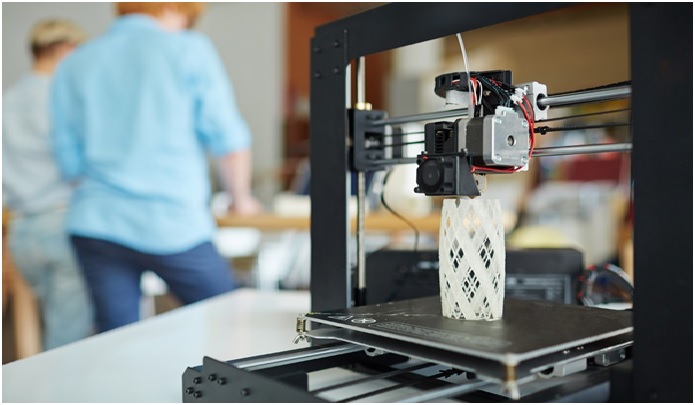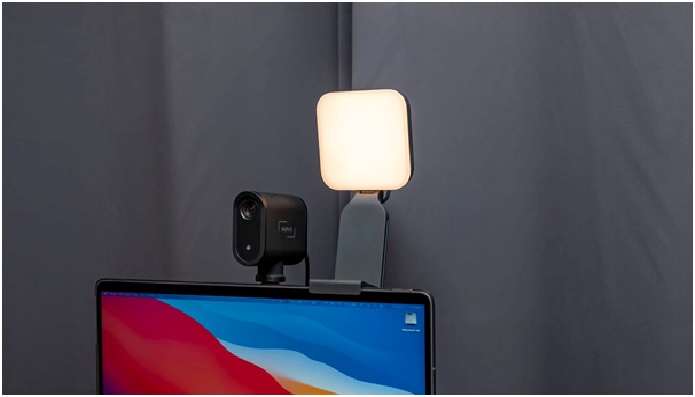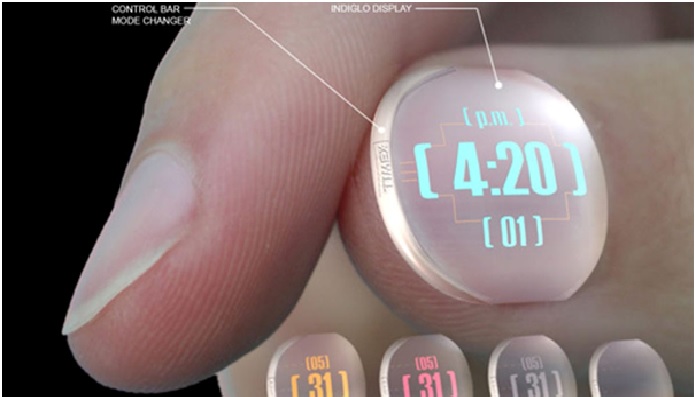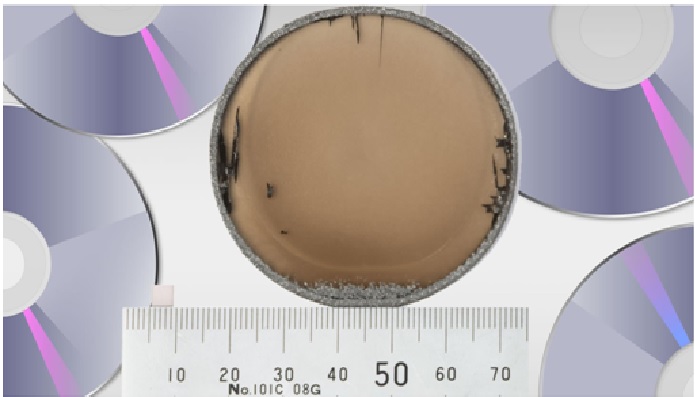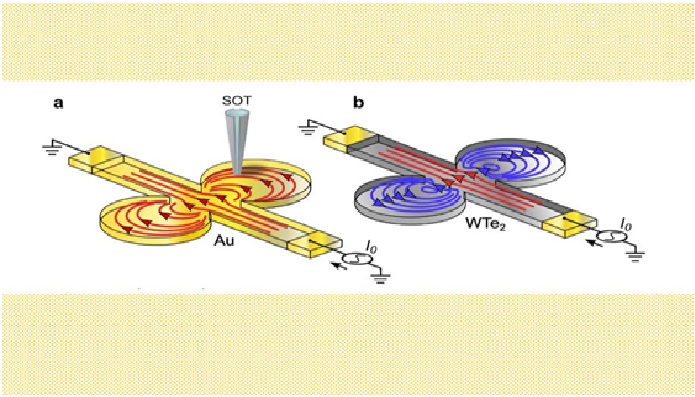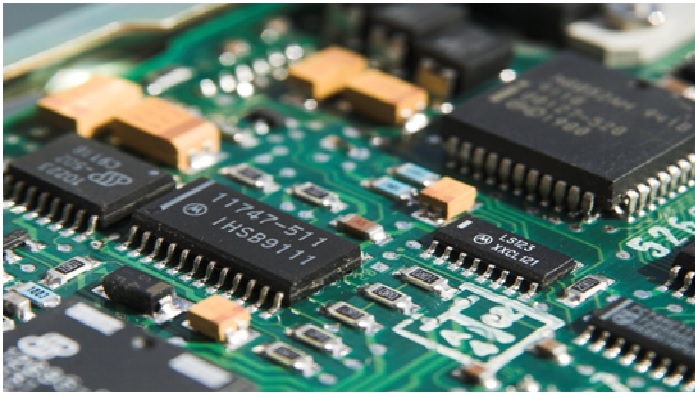TFLN Developed a Versatile Nanophotonic Platform
Thin-film lithium niobate (TFLN) has recently emerged as a versatile nanophotonic platform. With the advantages of high optical confinement, enhanced light-matter interaction, and flexible dispersion control, TFLN-based periodically poled lithium niobite (PPLN) devices outperform their legacy counterparts in both non-linear optical efficiency and device footprint.
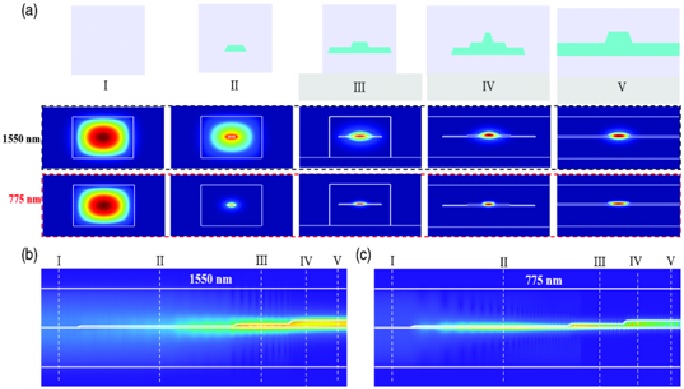
Figure 1.TFLN ultrabroadband coupler can cover both near-infrared and near-visible wavelengths.
Figure 1 shows that a major challenge of TFLN-based PPLN devices is how to achieve efficient and broadband off-chip coupling. Due to the lack of an efficient broadband coupling scheme, the overall and on-chip second-harmonic generation (SGH) normalized efficiencies (fiber-to-fiber) are too low for many practical applications of TFLN-based PPLN devices.
Researchers from Sun Yat-sen University and Nanjing University have designed and fabricated an ultrabroadband and efficient TFLN edge coupler.
They found that the conventional two-layer coupler does not work well in the 775-nm band, due to the refractive index mismatch between the cladding waveguide and the spot size converter (SSC) structure. [1]
To address this problem, they designed an efficient coupling that operates at both 1550nm and 775nm. It consists of a hanging SiO2 waveguide with wishbones and a three-layer SSC, including tapered top, middle and bottom layers.
The light from fiberglass with a lens is coupled to the SiO2 waveguide and then transferred to the TFLN rib waveguides through the SSC. The three-layer SSC solves the coupling problem of the conventional two-layer coupler structure at short wavelengths. The measured coupling loss is 1 dB/facet at 1550 nm and 3 dB/facet at 775 nm. [2]
The work demonstrates some great benefits of the designed coupler in non-linear functions. They obtain a file excessive total SGH normalized effectivity with a fiber-to-chip coupling scheme, and an excessive corresponding on-chip second harmonic effectivity.
Compared with the state-of-the-art gadgets, the general normalized effectivity is reportedly better by two to a few orders of magnitude.
Senior creator Xinlun Cai, remarks, “Increased fiber-to-fiber SHG efficiency is a critical aspect of almost all photonics demonstrations. It is of particular significance to non-linear and quantum photonic chips, which are often touted as appropriate for use in next-generation photonic systems but suffer from very high coupling losses.” The team anticipates that their work will increase sensible functions of TFLN-based PPLN gadgets. [3]
References:
- https://phys.org/news/2022-06-team-ultrabroadband-edge-coupler-highly.html
- https://whatsnew2day.com/research-team-develops-ultrabroadband-edge-coupler-for-highly-efficient-second-harmonic-generation/
- https://nznews.upexampaper.com/research-team-develops-ultrabroadband-edge-coupler-for-highly-efficient-second-harmonic-generation-more-nz-today-news/
Cite this article:
Sri Vasagi K (2022), TFLN Developed a Versatile Nanophotonic Platform, AnaTechMaz, pp.121





